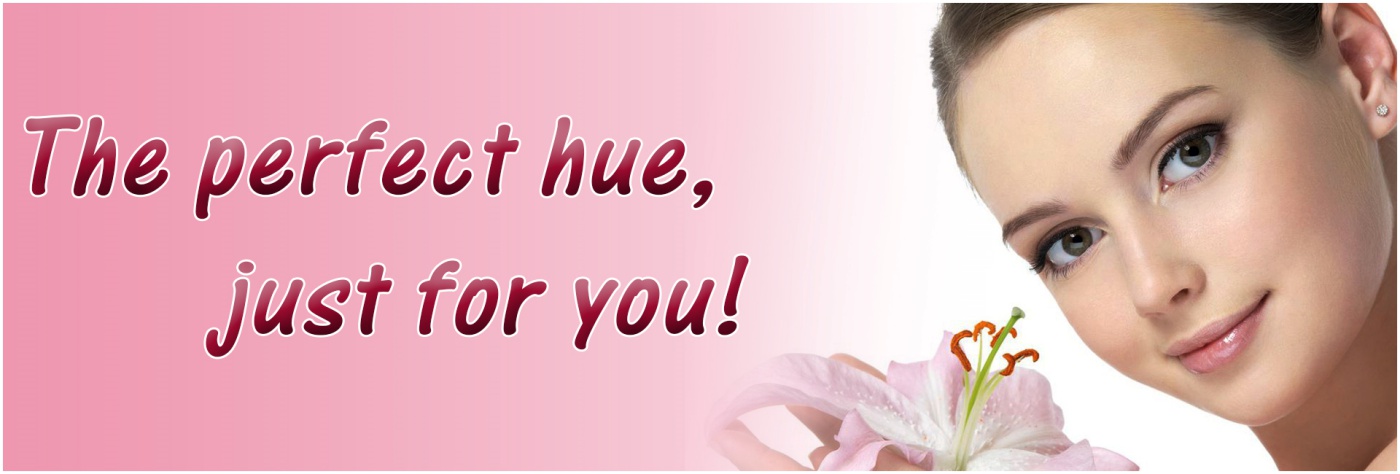You may have stopped to smell the roses from time to time, but have you stopped to look at them? Nature provides an abundance of color palettes to inspire designers and decorators when creating an interior space. However, this inspiration doesn’t need to be exclusive to the experts. By observing nature and the world around us, you can hone your design skills and create a perfectly coordinated interior.
Take a look at a flower, any type of flower, and note what you see. If you look at the flower from afar, you will usually notice one solid color. Now take a look at the flower closer. You will notice more than one color, with perhaps variations in the petals, a contrasting color in the center stigma, and then the color of the stem. All of these colors may seem contrasted when close up, but work in perfect harmony when viewed as a whole. The secondary colors help to intensify the main petal color, making it brighter and more beautiful to our eyes.
To translate this theory into interior design, start with a color that will work best with your interior. Consider the light at different times of the day and reflective surfaces and elements that may alter the color in any way. Once you have determined your base color, work with both graduating shades and contrasting hues based on the use of the color wheel. There are ways in which nature references the color wheel, by using complementary, analogous and triad hues. You will notice how colors in nature will regularly use the same principles, by using contrasting or similar shaded colors.
Texture also plays an important part in color, in nature as well as interior design. A highly textured surface may be dull and not reflect light as easily as a surface which is highly polished. Consider the colors and textures found in the sea compared to those on land. Those found in water may appear brighter than something that is found in earth. When choosing a color palette for an interior space, consider how these colors are viewed in nature and how you can interpret them in your space.
Nature constantly evolves, similar to interior design. Colors, textures, and even light changes with each season. In many successful interiors, you can see how each element has been thoughtfully composed to create an entire space that coordinates perfectly. By referring to Mother Nature’s color palette, you will never go wrong when creating a perfectly colored space.
Enjoy, Charli

